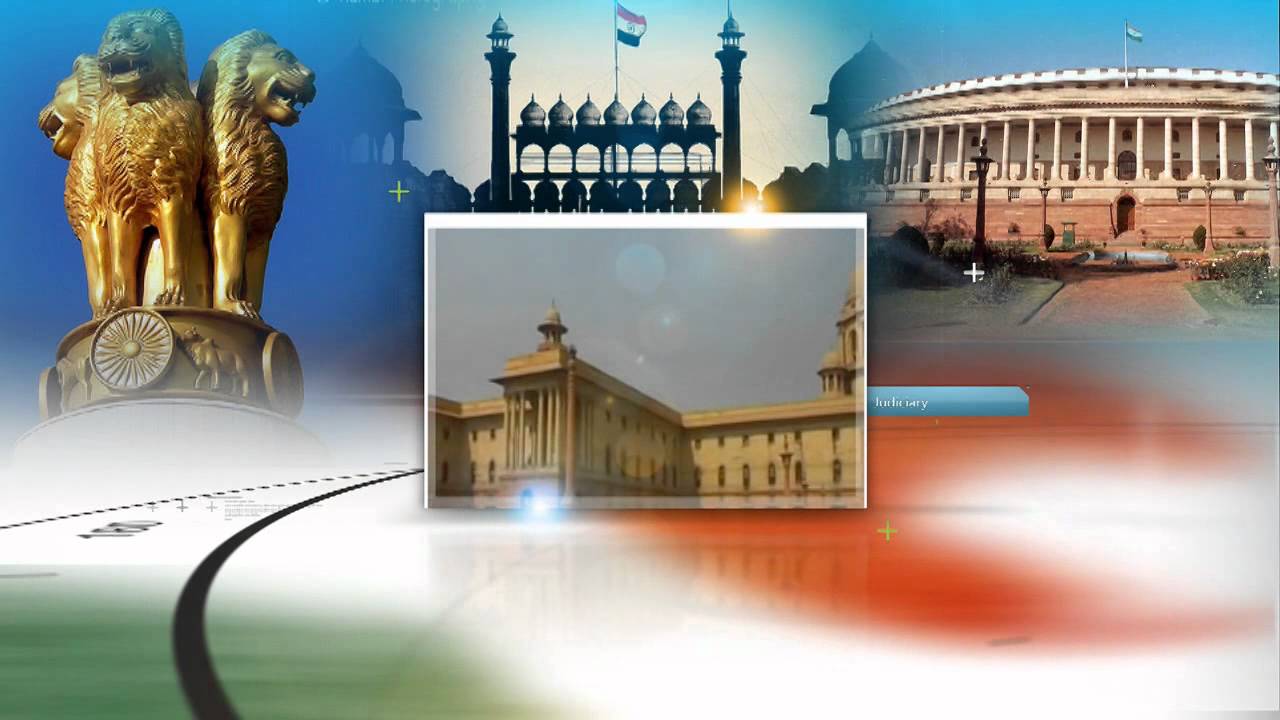Font size:
Print
High-Level Committee to Rebalance Federalism: Bold Step Towards True State Autonomy
Amid faceoff with Centre, Stalin sets up committee on autonomy of states
Context: Tamil Nadu Chief Minister MK Stalin on Tuesday announced the formation of a high-level committee to review and recommend measures to rebalance the federal structure of India.
Key Developments
- Committee Composition:
Headed by Justice (retd.) Kurian Joseph, with Ashok Vardhan Shetty (former IAS officer) and M. Naganathan (economist with DMK roots), the panel brings legal, administrative, and policy experience to the table. - Mandate:
- Examine constitutional provisions, laws, and policies.
- Recommend ways to reclaim powers shifted from the State List to the Concurrent List.
- Interim report due: January 2026 | Final report: within two years.
- Contextual Triggers:
- NEET and the National Education Policy (NEP).
- Alleged fiscal injustice (Tamil Nadu receives only ₹0.29 per ₹1 tax contributed).
- Withholding of central education funds.
- Upcoming delimitation exercise, which may reduce TN’s representation due to its success in population control.
Significance of the Committee
- Federalism vs Centralisation:
- Stalin frames the Centre’s actions as overreach — a steady erosion of state powers, especially in education, taxation, and institutional autonomy.
- Echo’s long-standing demands to restore true federalism, aligning with the Rajamannar Committee (1969) legacy.
- Political Signalling:
- With AIADMK aligning with BJP, DMK seeks to reclaim the federalist narrative that was once bipartisan in Tamil Nadu.
- Aimed at bolstering the DMK’s electoral appeal for 2026 Assembly elections by championing Tamil pride, autonomy, and constitutional rights.
- National Implications:
- If the panel’s recommendations are robust and gain traction, they may revive discussions on federal reforms — Sarkaria and Punchhi Commission revisited.
- Potential for inter-state solidarity among other Opposition-ruled states facing similar concerns.
What Could the Committee Recommend?
- Revisiting the Concurrent List:
- Clear demarcation and restoration of subjects (like education, health) back to the State List.
- Proposals to amend Schedule VII of the Constitution.
- Strengthening Institutional Autonomy: Insulation of state institutions from central directives (e.g., in education boards, police reforms).
- Fiscal Federalism Reforms:
- Greater share in central tax revenue, especially for states with higher contributions.
- Demand for state-level GST flexibility.
- Legal Safeguards: New legislative templates or constitutional amendments to safeguard states’ legislative and administrative space.
Examples of state government-appointed committees
- Rajamannar Committee (Tamil Nadu, 1969)
- Appointed by: DMK Government under Chief Minister C.N. Annadurai
- Chairperson: P.V. Rajamannar (Former Chief Justice of Madras High Court)
- Objective:
- To examine the Centre-State relationship under the Constitution.
- Recommend measures to restore greater autonomy to states.
- Key Recommendations:
- Residuary powers to be given to states (not Centre).
- Abolition of Article 356 (President’s Rule).
- Creation of an Inter-State Council.
- States to have more say in All-India Services and central laws affecting State List subjects.
- Significance: First such initiative by a state to formally question centralisation under the Constitution.
- West Bengal Memorandum on Federalism (1983)
-
- By: Left Front Government under Jyoti Basu
- Not a formal committee, but a comprehensive document submitted to the Sarkaria Commission.
- Demands:
- Residuary powers to the states.
- State consent before implementing central schemes in State List areas.
- Clear fiscal demarcation with more autonomy in planning and taxation.
- Impact: Strengthened calls for cooperative federalism from non-Congress states.
- Punjab Autonomy Resolution & Anandpur Sahib Resolution (1973–1977)
-
- Proponents: Shiromani Akali Dal and Punjab government
- Key Focus: Greater state control over water, agriculture, taxation, and religion-related issues.
- Anandpur Sahib Resolution:
- Proposed a federal structure where states have wide autonomy.
- The centre should only handle foreign affairs, defence, currency, and communications.
- Though not a committee per se, it was backed by reports and position papers from state-appointed legal and policy experts.



